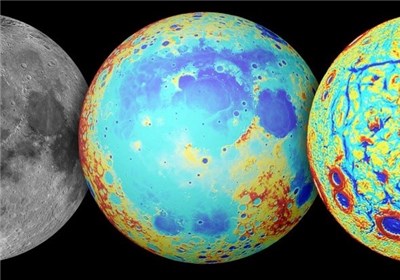
The researchers used the contents of green and orange glass beads that astronauts brought back from lunar missions for the study. Through the use of carbon dating technology, scientists identified the volatile gas that drove eruptions in the moon.
Follow-up analysis using computer models show that fire fountains were ignited through carbon monoxide, science website Discovery reported Tuesday.
Experts from Carnegie Institution for Science created a state-of-the-art ion analysis technique reducing the detection limits of carbon by two order of magnitude, which allows measurement for as low as 0.1 part per million.
The expansion of volatile gas, such as carbon monoxide, caused the lava to burst into the air once it reached the surface. The experts likened this effect to the shaken bottle of Coke.
“The question for many years was what gas produced these sorts of eruptions on the moon,” said Alberto Saal, a professor of Earth and planetary studies from Brown University.
He added it was hotly debated among scientists what caused these eruptions on lunar surface, until recent study proved it.
Researchers also noted that concentrations of carbon in the moon melts is basically similar to the geological activities here on earth.
“Other volatiles like hydrogen degassed later, when the magma was much closer to the surface and after the lava began breaking up into small globules…that suggests carbon was driving the process in its early stages,” researchers wrote.
The result of study has implications for ongoing research about the origin of moon. The leading theory suggests that Earth was hit by large asteroid during its early history and some debris formed the moon.
“The volatile evidence suggests that either some of Earth’s volatiles survived that impact and were included in the accretion of the Moon or that volatiles were delivered to both the Earth and Moon at the same time from a common source — perhaps a bombardment of primitive meteorites,” Saal said in a news release.
The latest study is published in Nature Geoscience journal.

Add new comment